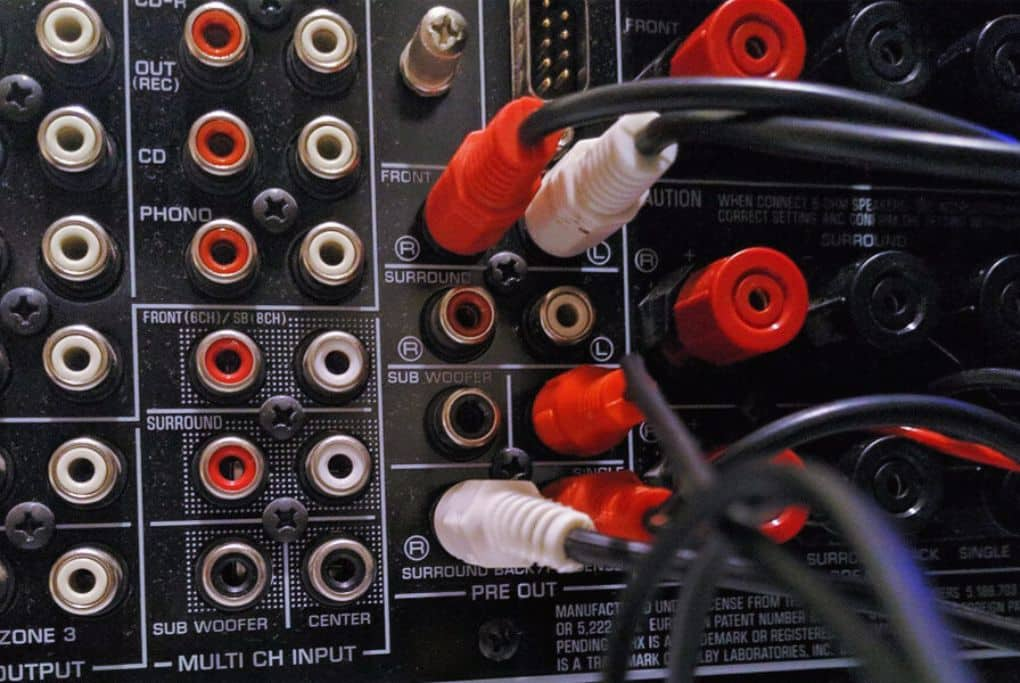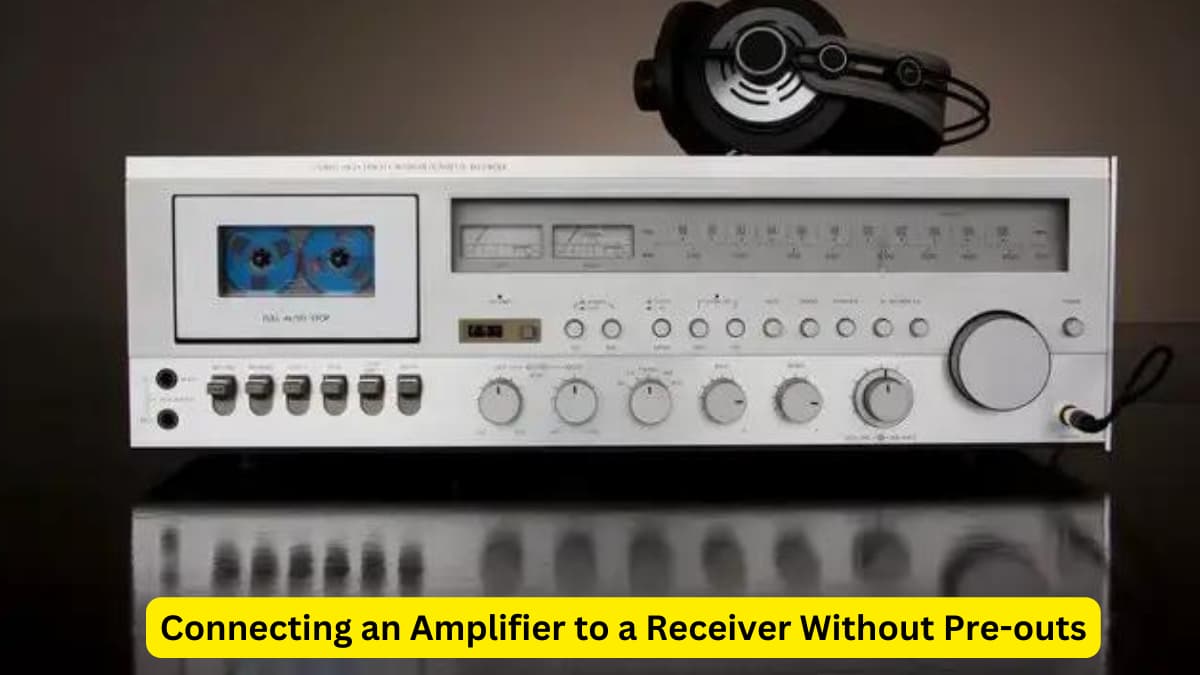Connecting an Amplifier to a Receiver Without Pre-outs
Do you want to make your home audio system louder and clearer? You may need an amplifier. But what if your receiver doesn’t have pre-outs? Don’t worry! We will show you how to connect them.
Understanding Your Audio System
Before we start, let’s learn about your audio system. A receiver is the heart of your home audio. It gets audio signals and sends them to your speakers. An amplifier makes these signals stronger.
Why You Might Need an Amplifier
- Better Sound Quality: An amplifier can make your music sound clearer.
- More Volume: It can also make your system play louder without distortion.
- Driving Power: Some speakers need more power. An amplifier can provide this.
Materials Needed
| Material | Description |
| Amplifier | This boosts your audio signal. |
| Receiver | This sends audio to the amplifier. |
| Speaker Wires | These connect your devices. |
| Wire Strippers | You use these to strip wires. |
| Line Output Converter | This is needed if no pre-outs are present. |

Steps to Connect Your Amplifier to a Receiver Without Pre-Outs
- Turn Off Your Devices: Always start by turning off all devices. This keeps you safe.
- Locate Speaker Outputs: On your receiver, find where the speakers connect.
- Connect Line Output Converter: This little box will help us. It changes speaker signals to line-level signals.
- Strip Speaker Wires: Use wire strippers to remove insulation from the ends of the wires.
- Attach Wires to Converter: Connect the receiver’s speaker outputs to the converter.
- Connect Converter to Amplifier: Now, connect the converter’s output to your amplifier’s input.
- Finish Connections: Connect the amplifier to your speakers with speaker wires.
- Test Your Setup: Turn on your devices. Start with low volume and gradually increase it. Listen for clear sound.
Additional Tips for Best Results
- Check Compatibility: Ensure your devices work well together.
- Use Quality Cables: Good cables help with better sound.
- Proper Ventilation: Amplifiers can get hot. Make sure they have space around them.
ALSO READ:
Common Questions Answered
Can any receiver connect to an amplifier? Yes, with the right tools like a line output converter, you can connect them. Will this setup work with my old receiver? Most likely, yes. Older receivers can work with new amplifiers using this method. Do I need a professional to do this? Not necessarily. You can do it yourself by following these steps.
Frequently Asked Questions
Can You Connect An Amplifier Without Pre-outs?
Absolutely. Using a speaker-level to line-level converter, you can connect an amplifier to a receiver lacking pre-outs.
Is A Pre-Out Connection Necessary For Amplifiers?
Not strictly necessary. While pre-outs provide a direct connection, there are alternative methods to link an amplifier to your receiver.
What’s A Speaker-level To Line-level Converter?
A speaker-level to line-level converter transforms high-level signals from the receiver’s speaker outputs into low-level signals for the amplifier.
How Does A High-level Input Work On Amplifiers?
High-level inputs accept speaker-level signals directly from a receiver, allowing amplifiers to function without dedicated pre-outs.
Last Updated on May 8, 2024 by Brian Beasley

